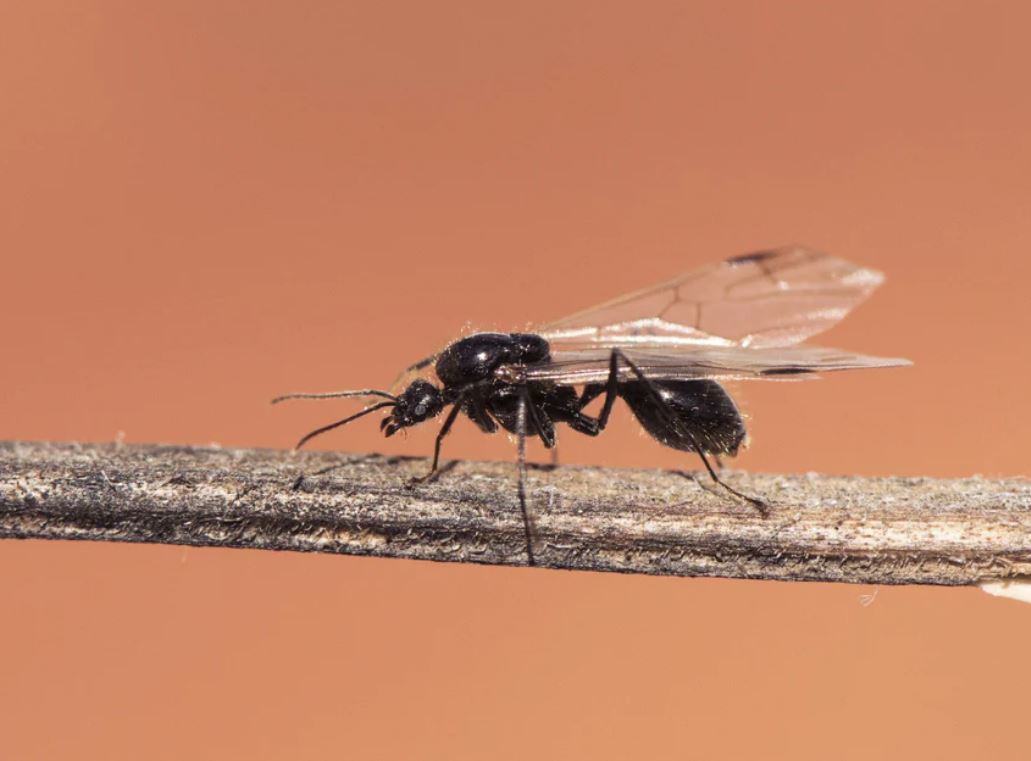Ants with Wings: How to Get Rid of Flying Ants – Full Guide
Have you ever noticed a sudden swarm of tiny, winged insects around your home, only to realize they’re not just ordinary bugs—they’re flying ants? These pests can be alarming, especially when they appear in large numbers. But don’t panic!
In this complete guide, we’ll explain everything you need to know about ants with wings, why they appear, and—most importantly—how to get rid of flying ants effectively.
What Are Flying Ants?
Flying ants are not a separate species but rather reproductive ants (also called alates or swarmers) that emerge from established colonies to mate and start new nests. These winged ants include:
- Queens (future colony founders)
- Males (whose sole purpose is to mate before dying)
Unlike termites, which are often mistaken for flying ants, these insects are simply part of the ant life cycle.
How to Tell Flying Ants Apart from Termites
| Feature | Flying Ants | Termites |
|---|---|---|
| Body Shape | Pinched waist, segmented body | Straight waist, uniform body |
| Antennae | Bent or elbowed | Straight |
| Wings | Front wings longer than back | All wings equal in length |
Knowing this difference is crucial because termites cause structural damage, while flying ants are mostly a nuisance.
Why Do Flying Ants Suddenly Appear?
Flying ants typically swarm during warm, humid weather, often after rain. This phenomenon, called nuptial flight, happens when mature colonies release reproductive ants to mate and establish new nests.
Common Reasons They Invade Homes
- Seeking light (they’re attracted to windows and lamps)
- Looking for new nesting sites (especially in damp wood)
- Accidental entry through cracks and gaps
How to Get Rid of Flying Ants – Effective Methods
If you’re dealing with a flying ant infestation, here’s a step-by-step approach to eliminate them and prevent future swarms.
1. Locate and Eliminate the Nest
- Indoor nests: Check near windows, basements, and damp areas.
- Outdoor nests: Look for mounds in soil, rotting wood, or under rocks.
- Use ant baits or insecticides to destroy the colony at its source.
2. Kill Flying Ants Directly
- Vacuum them up (dispose of the bag immediately).
- Spray with soapy water (disrupts their exoskeleton).
- Use insecticide sprays labeled for flying ants.
3. Prevent Future Infestations
- Seal entry points (caulk cracks, repair window screens).
- Reduce moisture (fix leaks, use dehumidifiers).
- Keep food sealed (ants are attracted to crumbs and spills).
- Trim vegetation near your home to limit nesting sites.
Natural Remedies to Repel Flying Ants
If you prefer chemical-free solutions, try these methods:
- Diatomaceous earth (sprinkle near entry points—kills ants by dehydration).
- Essential oils (peppermint, tea tree, or citrus oils repel ants).
- Vinegar solution (disrupts their scent trails).
When to Call a Professional Exterminator
While DIY methods work for small infestations, consider professional pest control if:
✔ The swarm is large and recurring.
✔ You suspect multiple nests inside walls.
✔ You’re dealing with carpenter ants (they damage wood).
Final Thoughts
Flying ants may look intimidating, but with the right approach, you can eliminate them quickly and keep them from returning. By identifying their nests, using targeted treatments, and taking preventive measures, you can protect your home from these seasonal invaders.




![Is It Safe to Drink Beer with Braces On? [Must-Know Rules]](https://slashandscroll.com/wp-content/uploads/2022/12/Is-It-Safe-to-Drink-Beer-with-Braces-On-768x758.jpg)


